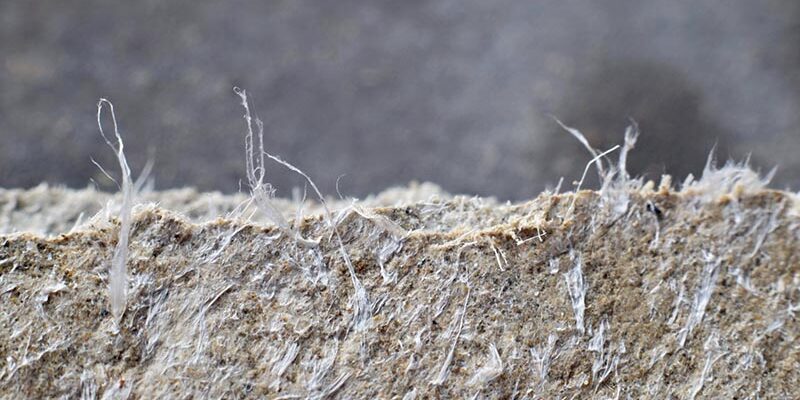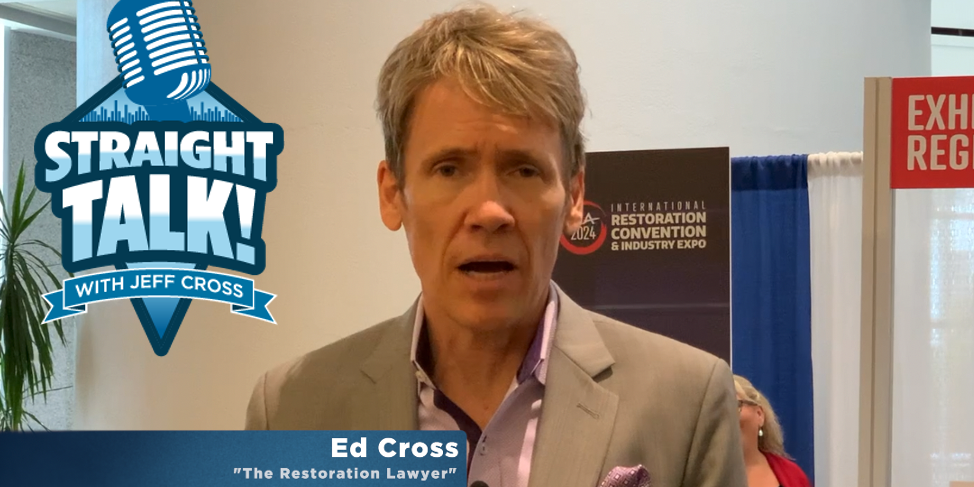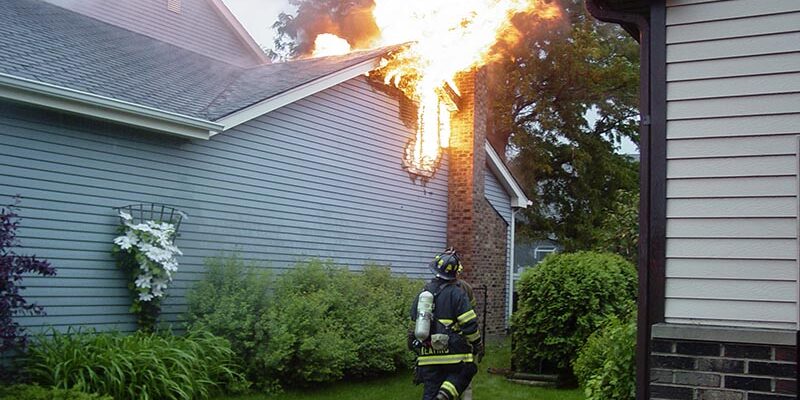The Future of Restoration

by Brandon Burton
The industry has come a long, long way.
There are several versions of the story, all with different takes on where the industry began, when it began and what drove us as an industry to where we are today.
They all share the same theme, however — our industry is rapidly maturing, and the pace of change isn’t slowing down any time soon.
Personally, I sit at an interesting vantage point with a pretty good view — of both the past and the future of our practice.
As a trainer, an employee of the largest producer in our market and a two-term (10 year) volunteer with the IICRC S500 consensus body, I frequently work and interact with every facet of our business. In other words, I’ve heard many, many versions of both our past and our anticipated future.
In this article, we’ll focus on the future. Although, I must admit, the past can be an entertaining discussion!
Clues for many of the changes we’ll see are already evident in the present. From technology to politics and everywhere in between, if you look closely enough, as it has been said, the ‘writing is in the stars.’ Look no farther than the first few months of 2017, and you’ll see much of what is to come.
The restoration market
Hard-line measurements of how many companies serve the restoration industry are hard to nail down, but most methods of measurement point to a flat line in overall providers. This generally indicates supply is meeting demand (as best it can with our unpredictable and volatile service). To grow as a contractor, therefore, contractors must turn away from the mentality of marketing a service, and towards one of converting customers from other brands. It’s a strategy of ‘why use us’ instead of ‘why use our service.’ It is for these reasons that the recent past is fraught with examples of consolidation, national branding campaigns and acquisitions for growth.
Restoration providers, especially in larger markets, must focus on the message of ‘why us’ within their marketing campaigns and business strategy. The need to refine and establish an identity for how or why your value is uniquely better in your market will only become more critical as the consumer continues to mature. They already know they need your service. They need to understand why your organization is the best choice to provide it.
Technology
Pressures in the market are driving restoration providers to manage operational cost, while striving to meet ever-growing demands for documentation and technical expertise. This has produced very distinct and opposing strategies by contractors. Manufacturers and suppliers are responding with a focus on new products and services to address these needs.
One direction taken by contractors is the commoditized approach: Lower cost and higher volume. Margins in the business are managed by reducing the cost of tools, equipment, labor and other business expenses, and focusing on higher volumes of work to yield operating income. This strategy can be effective, but leaves the contractor in a tight position to respond to future market changes. It also risks falling short on delivering services that are in compliance with industry standards.
In response to this approach, some manufacturers and suppliers are beginning to provide more economy grade products, where performance and durability are less important than price. These products are not new to the industry, but they are more available than ever before. With a deficit in performance, this technology leads to more removal and replacement of building assemblies, post-demolition cleaning and reduced drying opportunities — lines of service that carry a lower margin.
The other approach is investing in higher production tools and resources to generate more revenue with lower labor rates and reduced variable cost, such as transportation, storage, monitoring and administration. Generally, this strategy puts the contractor in a position to focus on more profitable lines of service, such as restorative drying of finish materials and higher volume cleaning services.
Producers have begun responding on both fronts, with an increase in the availability and utilization of both economy grade products and those with higher technical and performance feature sets. Both will continue through the immediate future; however, the latter will likely be the victor in the long term. This is evidenced by the inclusion of smarter controllers on airmovers and dehumidifiers, connectivity features in meters and instruments and the growth of digital documentation products. The investments made here by manufacturers are setting the groundwork for much of the technological changes we’ll see over the next decade.
Due in large part to the ready availability of smart mobile devices, paired with the increasing demand and expectation for timely and complete documentation, several digital documentation products have become available in recent years. What will change is the way these systems interact with everyday tools and equipment, streamlining the way technicians gather and report data. Economy models are unlikely to afford the features necessary to provide that automation, and thus will rapidly fall in use as the benefits of the ‘internet of things’ takes hold in our market.
The practice
From a state-of-the-practice perspective, our industry is struggling with the dilemma of standardized processes. On one hand, greater detailed standards provide a basis for justifying best practice, culminating in a better overall product and service to consumers. On the other, they increase the cost of the service for those that faithfully follow and abide by those standards. Unfortunately, however, the playing field is not at all equal. Not all contractors practicing the trade follow the standards as published. This creates a significant level of conflict in the market which will continue to effect change over the immediate future.
Another complication in the state of the practice relates to the philosophy of standard writing. Those that represent our industry, either by assignment or otherwise, argue whether the contents of those standards should be to the level of best practice, or to the state-of-the-art. Best practice is generally understood to be methods that are reasonably prudent, that through knowledge or research are shown to deliver a desired result consistently. State-of-the-art is generally understood to be the most recent or sophisticated stage of advancement of a process or procedure.
Although there may be a much more advanced tool or process, it is impractical to change one’s entire inventory or training to employ the most recent advancement in process or technology. For this reason, best practice generally wins out over state-of-the-art when developing standards. However, when state-of-the-art is driven by a clear need to improve the outcome of a process as it relates to health and safety, it can quickly become the standard. This is an area of change restoration contractors must monitor closely, as failure to employ state-of-the-art methods and technology to mitigate health and safety concerns can have catastrophic results, especially when they become adopted components of national or local law or part of documented standards.
Ask yourself
What makes your firm uniquely better to serve the consumers in your market? How are you taking that message to your target customers?
What opportunities do you have to embrace the increasing technical features of your tools and systems to mitigate business cost? Do you know what those costs are?
What has changed, whether in law or standard, regarding health and safety (e.g., silica, lead, mold…)? Are you familiar with these changes, and have you begun to implement process and technology changes to address them?
The restoration industry is changing. Change with it.
Brandon Burton is the technical director for Legend Brands and an instructor with the Restoration Sciences Academy (RSA). He teaches IICRC-approved classes in the categories of Applied Structural Drying (ASD) and Water Damage Restoration (WRT). Burton has served the restoration community for more than 20 years, including 15 as an IICRC-approved instructor, ANSI/IICRC S500 chapter chair, RIA restoration council member and in many other industry roles. You can contact him at [email protected].












